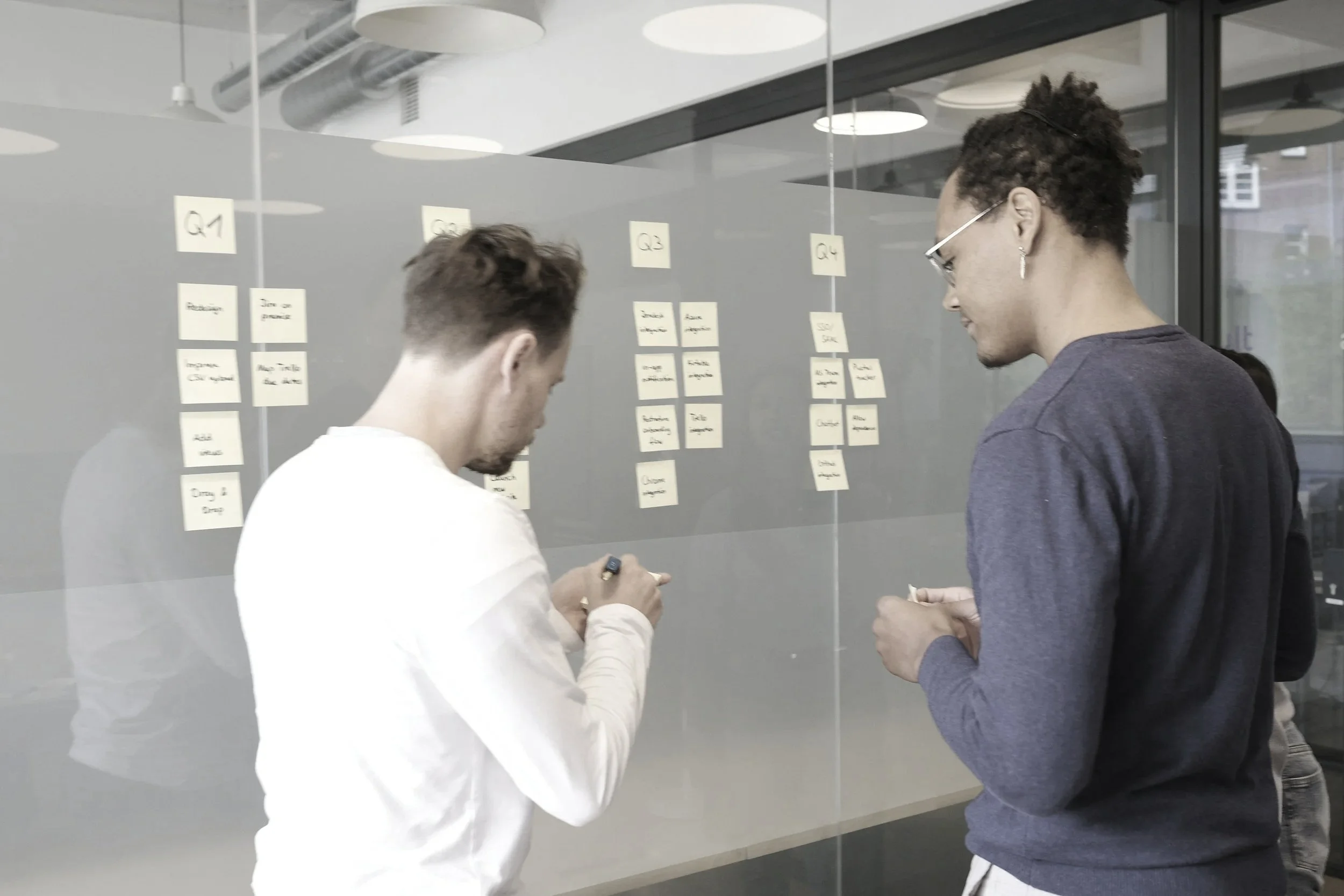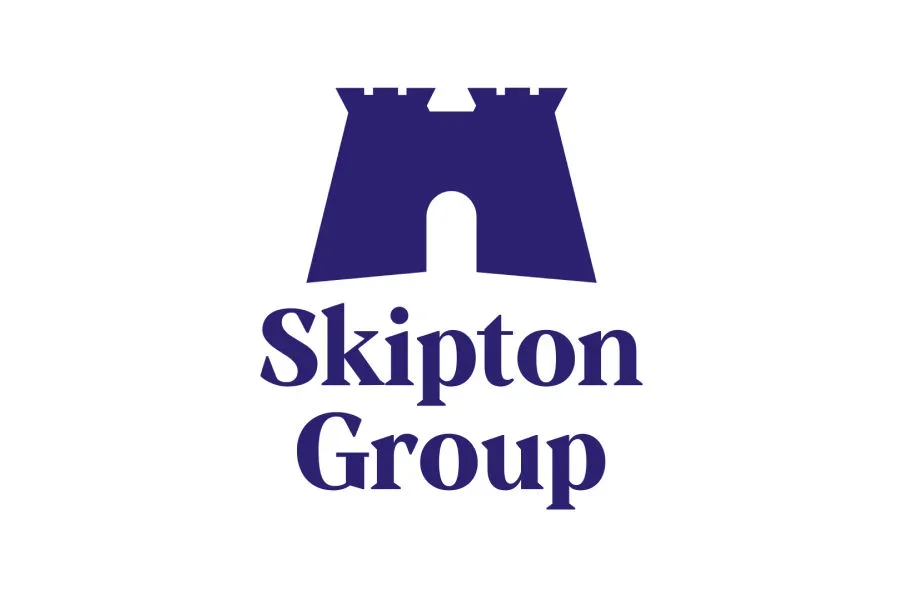Business Transformation
I have extensive experience leading complex digital and organisational change programmes across multiple industries. I’ve most recently focused on Financial Services and AI transformation, however I’ve also lead change initiatives for major digital agencies across the UK. This has been for agencies themselves as well as end clients from a number of different markets.
I’ve supported teams and stakeholders through:
End-to-end digital transformations across web, CRM and banking applications.
Defining and creating a new global content creation process for a leading pharmaceutical company, enhancing digital efficiency and governance.
Upscaling and defining a 60+ person content production team within a global digital agency network, driving operational consistency and performance.
Designing and rolling out a global production process for one of the world’s largest beverage corporations, streamlining delivery across regions.
Leading multiple CMS implementations across various sectors, connecting modern platforms with complex legacy ecosystems.
How I work
How to start
Real transformation means mapping the landscape before redrawing it. Knowing where the bottlenecks are, what’s connected to what, and how change will ripple across the organisation. Once you’ve got that clarity, you can move faster, smarter, and with less risk.
The best organisations don’t just react to change; they build the muscle to adapt continuously. I always begin any engagements by charting out where an organisation is postitioned in terms of maturity both at a technical and at a market level. That information is then used to inform our priorities as a team and define what we should focus on in the weeks that follow.
Build a roadmap
A prioritised roadmap is crucial because it gives us a strategic, prioritised plan that will guide a transformation team through transitions. It allows us to foresee, mitigate and manage risks and dependencies across a given programme.
We use the roadmap as a continuously evolving reference document and from it build timelines, objectives and roles to keep both the business and the transformation function aligned and focused.
Implement
Implementation isn’t a single, distinct step, but rather the iterative process of building, testing, and releasing working software, systems or processes in short cycles, known as sprints.
An iterative approach to business transformation means that, as a team, we can flex and adapt to shifting requirements or business objectives that inevitably arise as we push through lasting solutions.
Implementation can be as simple as starting a new internal process, right up to launching a multinational financial product; the steps we take to get there should be consistent and repeatable.
Test, Learn & Adapt
Any meaningful, lasting change programmes do not simply run their course and come to a grinding halt. They must be set up in a way that allows for testing, insight gathering and, critically, iterative improvements beyond an initial launch.
While implementation is important, the reasoning behind why a process is changing, who it’s benefiting and what is being improved must be supported by data.
Reviewing what happens after a launch or rollout allows us to make informed decisions on what should be prioritised next for the business to keep them relevant in a complex, constantly evolving business landscape.
Who I’ve worked with
















